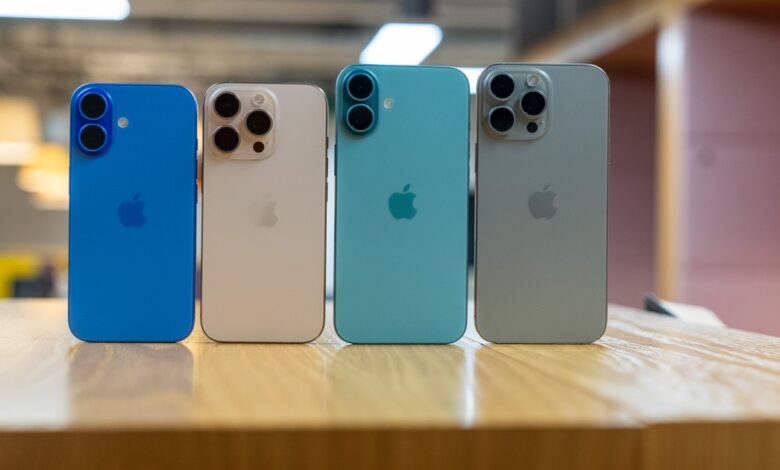IPhone 17 Price Set to Rise for the First Time Since iPhone 12

Apple's iPhone 17: Are Price Hikes on the Horizon?
For several years, Apple has consistently priced its base model iPhone at $799. Though, as we look ahead to 2025, indications suggest that this trend might potentially be changing with the upcoming launch of the iPhone 17.
The Wall Street Journal highlighted in May that a price increase for the iPhone 17 is likely. Recent insights from Counterpoint Research further support this notion, revealing in their shipment forecast for 2025 that “cost increases are expected to be passed on to consumers” not just by Apple but also by Samsung.
this mention of Samsung raises concerns about potential price hikes for their upcoming devices as well. The Galaxy Z Fold 7 and Galaxy Z Flip 7 are rumored to debut around July, and there’s even talk of a more expensive Z Fold Ultra model joining them.
A Look Back at Apple's Pricing Strategy
While Samsung has already raised prices between its fifth (2023) and sixth (2024) generation foldable phones, Apple has maintained its pricing strategy sence launching the iPhone 12 in 2020. That year marked a $100 increase over the previous model—the iPhone 11—setting it at $799.
Since then, every new generation of Apple's flagship phone has retained this same starting price:
- iPhone 11 (2019): $699 (64GB)
- iPhone 12 (2020): $799 (64GB)
- iPhone 13 (2021): $799 (128GB)
- iPhone 14 (2022): $799 (128GB)
- iPhone 15 (2023): $799 (128GB)
- Iphone16(2024): $799(128 GB)
the Factors Behind Potential Price Increases
The anticipated rise in cost for the iPhone 17 can be attributed to several factors. According to Counterpoint Research, recent tariffs imposed by the U.S. government could lead to higher production costs that will ultimately affect consumers' wallets when they purchase new devices.
Liz Lee from Counterpoint Research stated, “All eyes are on Apple and Samsung because of their exposure to the U.S. market.” She added that while tariffs have influenced their forecasts, they also consider declining demand across North America and parts of Europe and Asia.
An earlier report from The Wall Street Journal suggested another angle: rather than blaming tariffs directly for any price hikes, Apple might highlight new designs or features as justification for increased costs. This approach indicates that if prices do rise this year due to economic conditions or tariffs, it may not simply revert back down in subsequent years even if those external pressures ease up.
The Big Question: What Will Be The Cost?
This leads us directly into one burning question: how much will consumers need to pay for an iPhone? At present time it's hard to pin down an exact figure since Apple is notoriously secretive about pricing until official announcements are made.
the tech giant typically reveals details during its September events when new models are introduced each year. While there’s excitement building around next week’s WWDC keynote where software updates like iOS19 will take center stage under Tim Cook's leadership; discussions regarding hardware pricing likely won’t come into play just yet.
Your Options Before Launch Day Arrives!
If you’re feeling hesitant about potentially higher prices with the arrival of an upgraded device like the iPhone 17; consider looking into purchasing either an iPhone 16 or even last year's model—the iPhone 15! Both options still promise multiple years’ worth of software updates ensuring longevity without breaking your budget!
And don't forget! NoveByte might earn a little pocket change when you click on our links helping us keep this delightful journalism rollercoaster free for all! These links don’t sway our editorial judgment so you can trust us! If you’re feeling generous support us here!.





